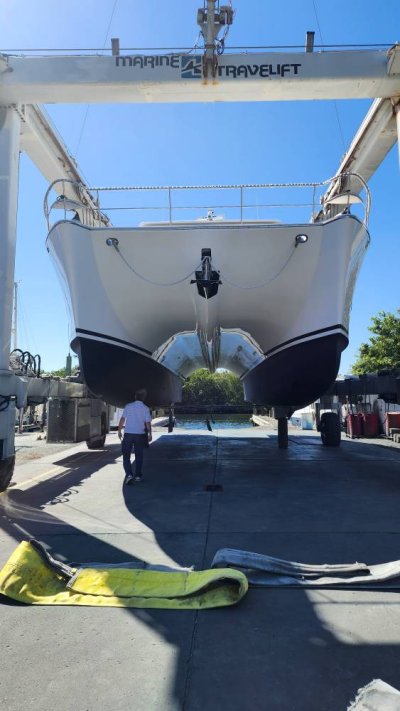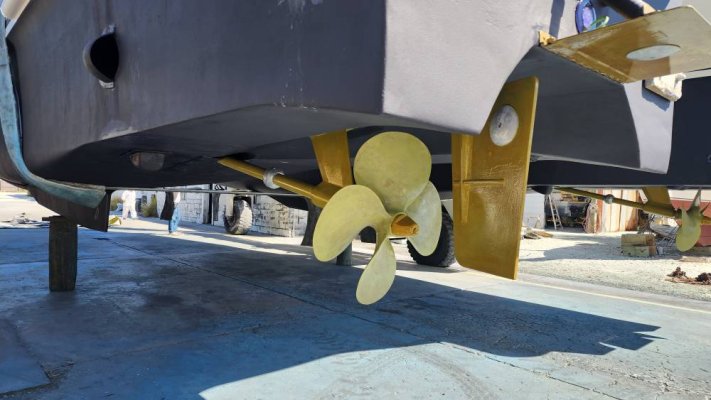So I have done a lot of reading on the trawler fuel use verse HP question. The articles have said that by far the biggest difference in fuel use/economy is speed. They say that if you run at displacement speed or less that the size of the engine doesn't matter all that much. So if motoring along at 7 kn on dual 135 HP engines you will use about the same at if you motored along at 7 kn on dual 350 HP engines.
Now part of me says that makes perfect sense as the required power is the required power and all that changes is the efficient operating point of the engines.
But the other part of me says ............BS bigger engines use more fuel PERIOD!
So what have the kind boaters here on TF with trawlers with big engines have to say on the matter?
Now part of me says that makes perfect sense as the required power is the required power and all that changes is the efficient operating point of the engines.
But the other part of me says ............BS bigger engines use more fuel PERIOD!
So what have the kind boaters here on TF with trawlers with big engines have to say on the matter?


